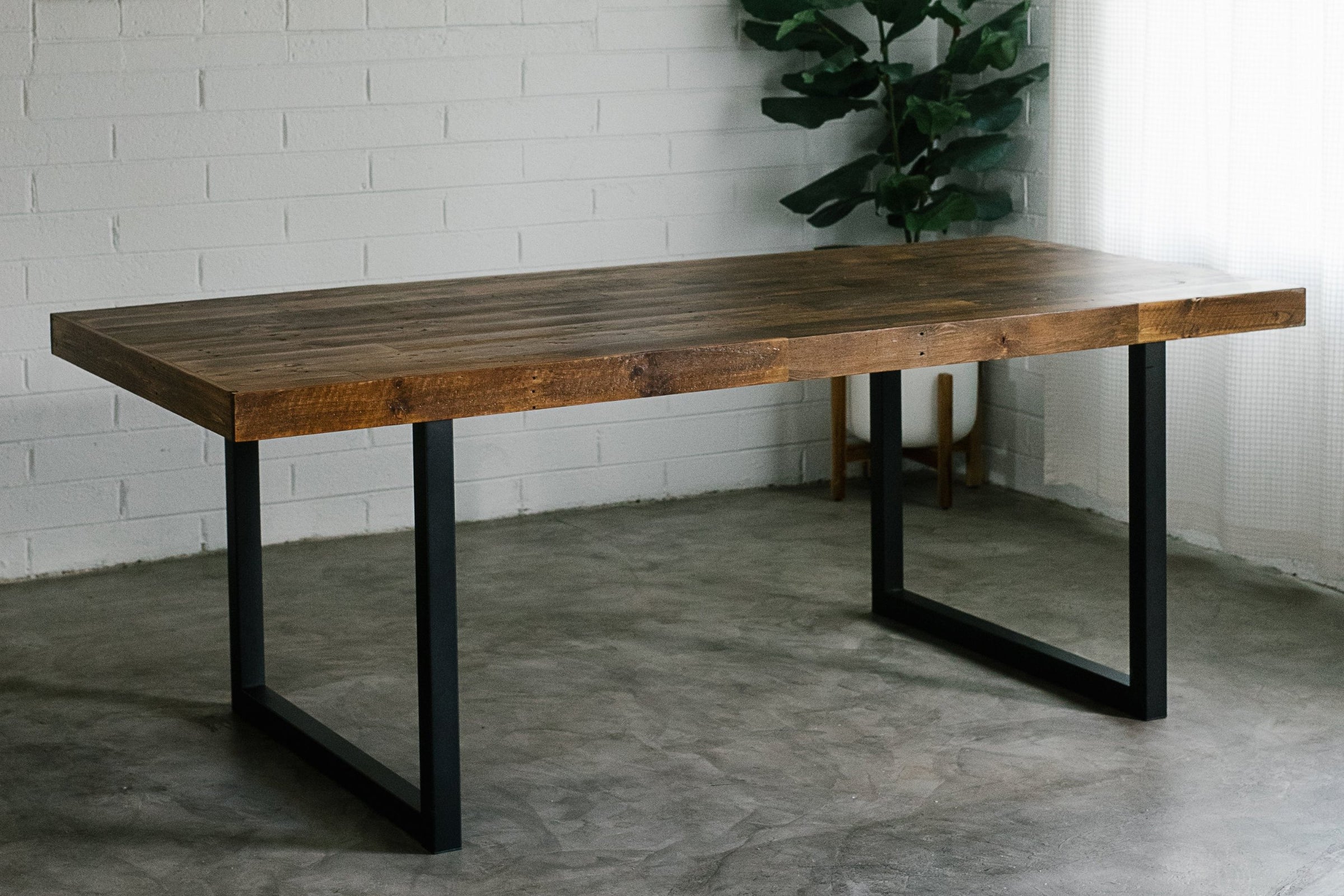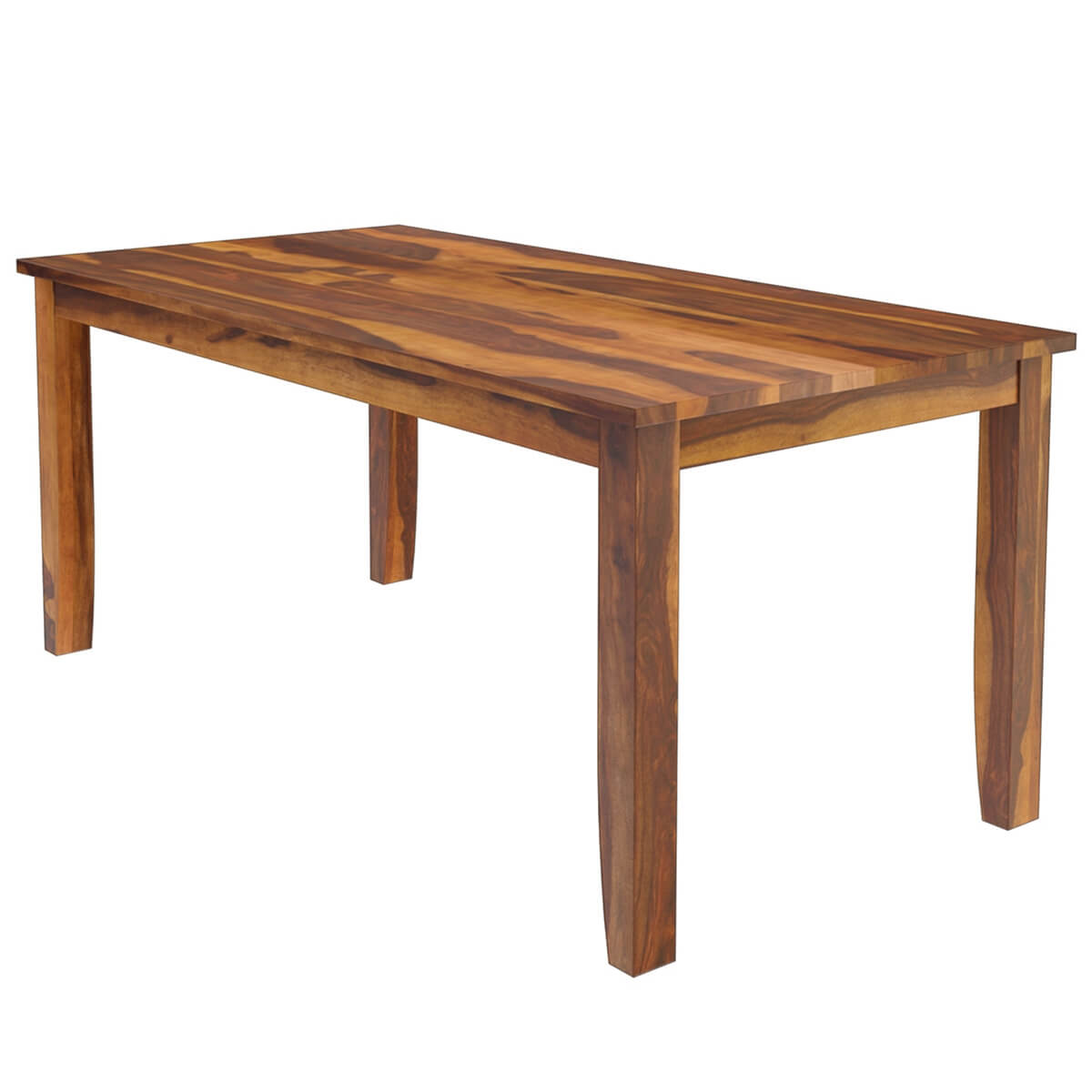Enhance Your Eating Experience with Classic Dining Table Legs Wood
Wiki Article
Vital Considerations for Selecting the Right Table Legs Wood
Picking the ideal wood for dining table legs entails a nuanced understanding of various aspects that affect both performance and visual appeal. The option of timber type, varying from durable woods to much more fragile softwoods, plays a pivotal role in making sure longevity and stability. Furthermore, factors to consider relating to budget, maintenance, and style need to be diligently evaluated. Each of these aspects can drastically influence the overall experience of your dining space. Understanding exactly how these variables relate is important for making a notified choice that fulfills your specific needs and preferences - Dining Table Legs Wood. What considerations will you prioritize in your option process?Importance of Timber Type

Hardwoods, such as oak, maple, and walnut, are usually liked for their stamina and resistance to put on. These kinds of timber supply a durable structure that can withstand daily usage, making them suitable for eating tables that experience frequent celebrations. In comparison, softer woods like ache might be much more prone to scrapes and damages, which may not be ideal for high-traffic locations.
Additionally, the selection of timber can additionally affect the simplicity of upkeep. Some woods need regular oiling or sealing to maintain their look, while others may be extra flexible. Inevitably, choosing the proper timber type involves balancing aesthetic considerations with useful requirements, ensuring that the table legs not only look enticing yet additionally stand the examination of time.
Evaluating Stability and Strength
When reviewing eating table legs, one have to take into consideration the stability and stamina they offer to the overall structure. The legs are crucial in sustaining the table top and ensuring the dining experience is risk-free and enjoyable. A steady table is vital for protecting against tipping or tottering, which can result in spills or crashes throughout meals.The choice of wood kind substantially impacts strength. Woods such as walnut, maple, and oak are commonly extra robust and sturdy than softwoods like want or fir. Furthermore, the thickness and layout of the legs play a vital function; thicker legs or those with a tapered design can supply better assistance and stability.

Aesthetic Factors To Consider
While performance is paramount, the visual allure of dining table legs can not be forgotten, as they considerably affect the overall style and setting of the eating space. The option of timber, finish, and layout can enhance or detract from the table's visual effect.
Coatings likewise play a crucial function in aesthetics. A natural surface can highlight the timber's intrinsic beauty, while painted or discolored legs can present shade and personality into the area. The percentage and range of the legs relative to the table top and bordering furnishings needs to be considered to guarantee visual balance and communication.
Eventually, the eating table legs should not only serve a functional purpose yet also contribute to a cohesive and inviting ambience, making them an essential factor to consider in the total layout of the eating location.
Upkeep Demands
To ensure longevity and preserve the appeal of wooden table legs, regular maintenance is essential (Dining Table Legs Wood). Timber is an all-natural material that can be vulnerable to damage from moisture, warmth, and put on. Consequently, developing a regular treatment plan will considerably enhance the sturdiness of your dining table legs.Begin with regular cleaning utilizing a soft, lint-free towel to eliminate dirt and particles that can scrape the surface. For even more complete cleaning, use a light soap remedy and damp fabric, avoiding excess dampness that might seep have a peek at this site right into the wood. It is advisable to use a high-grade wood gloss or conditioner every few months to nourish the timber and maintain its gloss.
Address any type of scrapes or dents promptly with proper timber filler or touch-up pens to stop further degeneration. By adhering to these maintenance demands, you will not just protect the visual allure of your wooden dining table legs however also extend their useful lifespan.
Budget and Cost Elements
Budget plan and expense variables frequently play an essential function in the decision-making process for selecting wooden dining table legs. When assessing options, it is vital to develop a clear budget plan that lines up with your general furniture investment. The cost of wooden eating table legs can differ significantly based on the type of timber, workmanship, and style complexity.Hardwoods such as cherry, oak, and walnut commonly regulate higher rates as a result of their sturdiness and aesthetic appeal. On the other hand, softer woods like pine might be a lot more budget-friendly however could not supply the exact same longevity. In addition, custom-made or artisan-crafted legs can incur added expenses, reflecting the skill and time bought their production.
It is likewise vital to think about the potential lasting value of your financial investment. While choosing lower-cost materials could seem monetarily prudent originally, they may call for more constant replacement or fixings, eventually raising general expense.
For that reason, stabilizing quality and expense is website here vital. Prioritize materials that fulfill your visual preferences while guaranteeing they fit comfortably within your spending plan, enabling you to produce a dining location that is both functional and visually enticing.
Verdict
In final thought, picking the appropriate timber for dining table legs demands careful factor to consider of various aspects, consisting of timber kind, stability, appearances, maintenance, and budget plan. Hardwoods such as oak and walnut offer premium resilience and strength, while style and density add to total stability. Aesthetic charm and maintenance needs need to align with individual preferences and way of life. Eventually, an educated choice will certainly boost the longevity and visual appeal of the table, making sure contentment and capability for years to come.Selecting the best type of timber for dining table legs is vital for both visual charm and structural integrity. Inevitably, choosing the suitable wood type includes balancing visual factors to consider with useful requirements, making certain that the eating table legs not only look enticing yet likewise stand the examination of time.
It is a good idea to use a high-grade wood polish or conditioner every few months to nurture the timber and keep its luster.
The price of wooden dining table legs can differ considerably based on the kind of wood, design, and workmanship intricacy.
In final thought, picking the proper timber for dining table legs necessitates cautious factor to consider of numerous elements, consisting of wood type, security, visual appeals, upkeep, and budget.
Report this wiki page